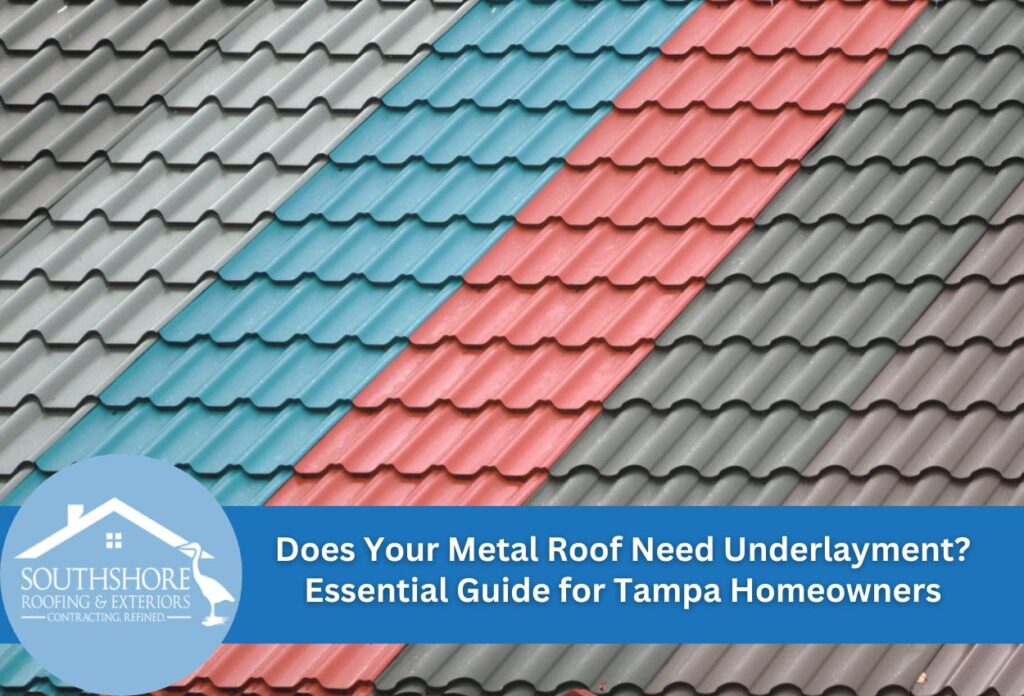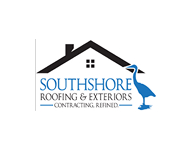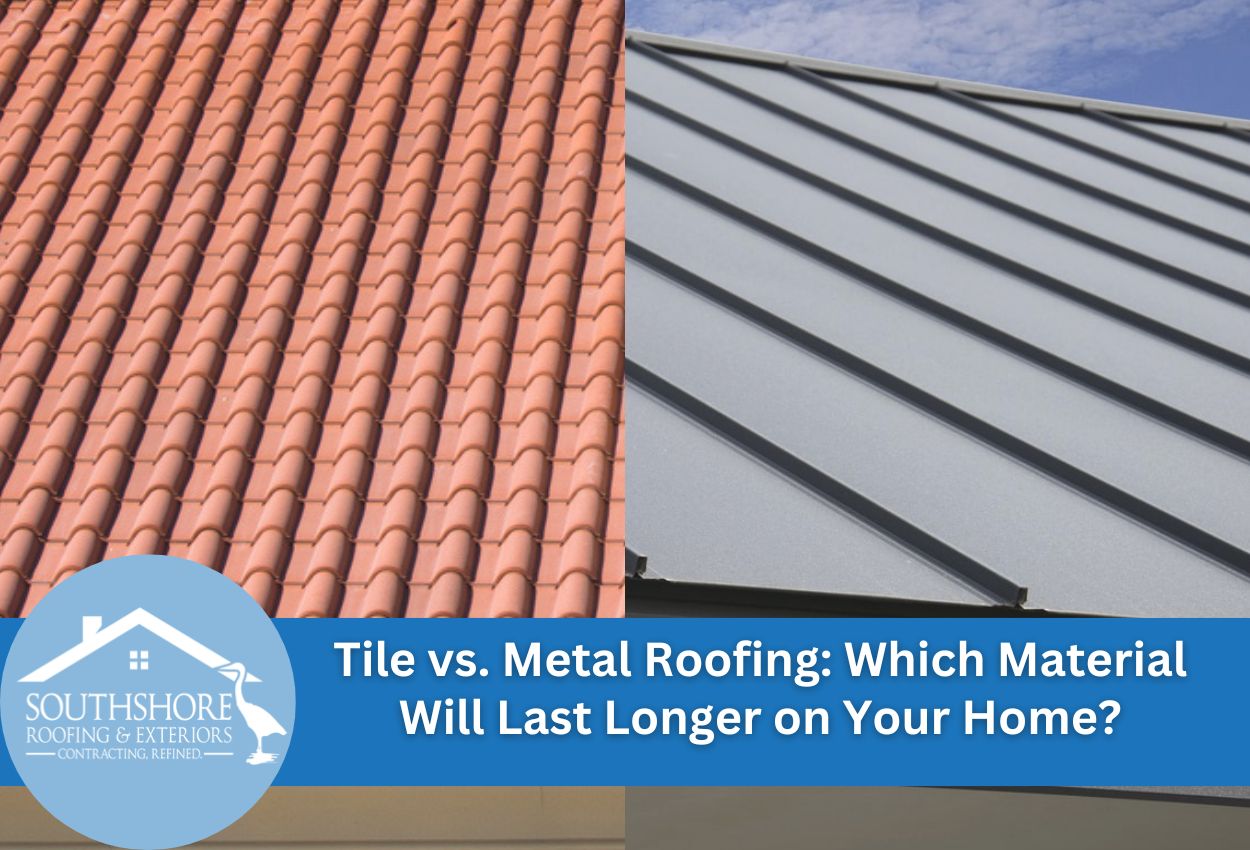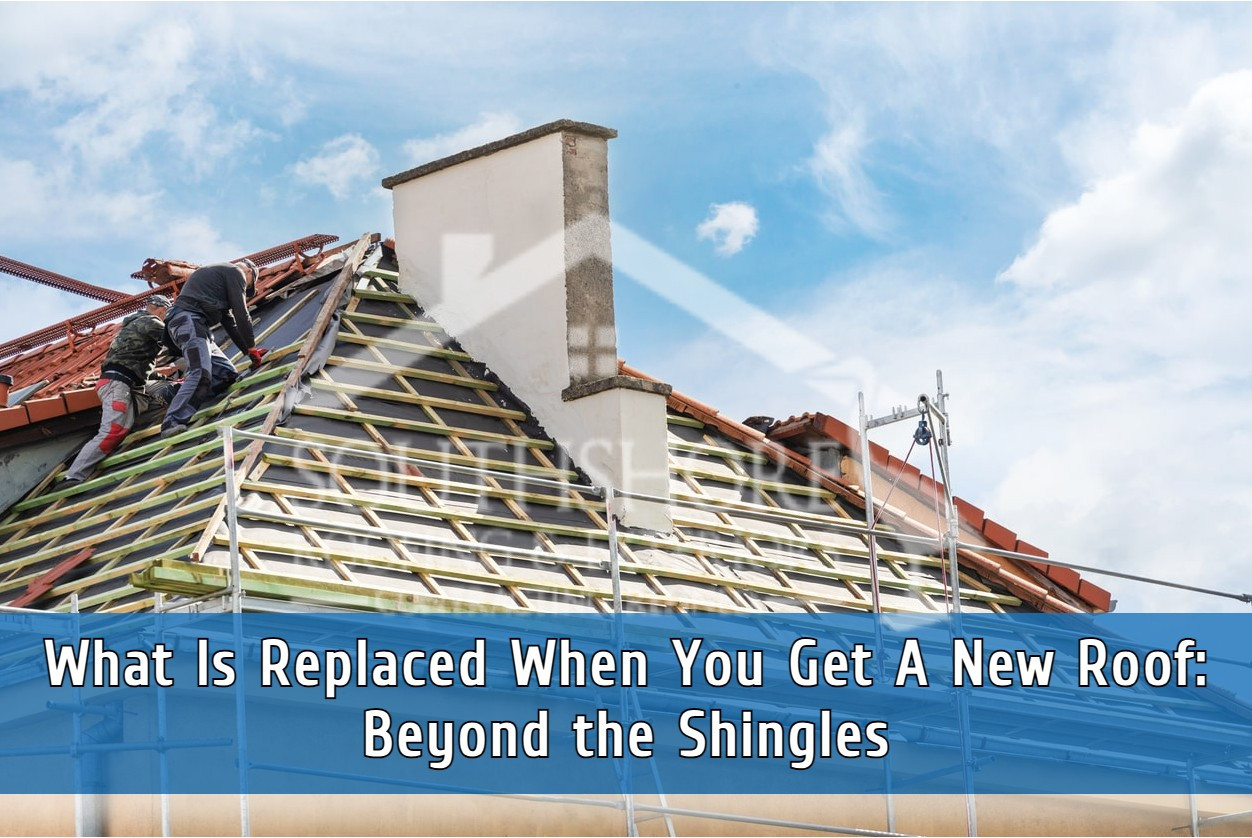Does Your Metal Roof Need Underlayment? Essential Guide for Tampa Homeowners

Metal roofs are a popular choice among Tampa homeowners, but a common question remains: Does a metal roof need underlayment? The short answer is yes, especially in Florida’s challenging climate. Underlayment serves as a critical secondary moisture barrier beneath your metal roofing panels, providing protection against Tampa’s heavy rains, high humidity, and occasional hurricane conditions.
For Tampa property owners, underlayment isn’t just recommended — it’s a necessity. Florida’s building codes have specific requirements for roof underlayment that address our unique weather challenges. Without adequate underlayment, metal roofs can experience condensation issues, premature deterioration, and even voided warranties.
Metal roof underlayment comes in several forms, from traditional felt paper to synthetic materials and self-adhering ice and water shields. Each type has different benefits depending on your specific roofing situation. While some may consider skipping this layer to save on installation costs, doing so often leads to significant problems down the road.
Understanding the right underlayment options for your metal roof is essential for maximizing its performance and lifespan. This knowledge ensures your roof remains protected against Tampa’s challenging weather for decades to come.
Understanding Metal Roof Underlayment Basics
Underlayment is a water-resistant or waterproof barrier material installed directly onto your roof deck before the metal panels. It serves as your second line of defense against moisture intrusion if your metal roof is compromised during severe Tampa storms. There are three main types of underlayment used with metal roofing systems:
- Synthetic underlayment is popular due to its superior tear resistance, longer exposure ratings, and lighter weight. Unlike traditional options, synthetic products resist wrinkling and lay flatter, creating a more uniform surface for metal panel installation.
- Felt underlayment (often called tar paper) is the traditional choice, typically available in #15 and heavier #30 weights. While more affordable, felt is less durable in Florida’s high heat and humidity compared to synthetic underlayment options.
- Self-adhering underlayment has a sticky backing that bonds directly to the roof deck, providing the highest level of waterproofing protection. This option is often used in vulnerable areas like roof valleys, eaves, and around penetrations.
Tampa and the surrounding areas in Florida have specific building code requirements for underlayment that exceed national standards. These enhanced requirements reflect our vulnerability to tropical storms, heavy rainfall, and high winds. Local regulations often mandate water-resistant underlayment throughout the roof and waterproof underlayment in critical areas. For Tampa homeowners, meeting these specific requirements isn’t optional — it’s essential for both code compliance and long-term roof performance.
Is Underlayment Necessary For a Metal Roof?
In Tampa’s hurricane-prone and high-humidity climate, metal roof underlayment isn’t just recommended — it’s non-negotiable. While some homeowners might consider skipping underlayment to reduce costs, this approach creates substantial risks that far outweigh any short-term savings, especially in Florida’s challenging weather conditions.
Metal roof underlayment requirements are particularly strict in coastal regions like Tampa, where building codes often mandate specific types and applications of underlayment materials. Without this protective layer, metal roofs become vulnerable to moisture infiltration during our frequent heavy rains and tropical storms.
Installing a metal roof directly over the decking can create condensation in Tampa’s climate. When warm, humid Florida air meets cooled metal surfaces, condensation forms underneath the panels. Without underlayment under the metal roof, this moisture has nowhere to go, leading to deck rot, mold growth, and reduced insulation efficiency.
The benefits of metal roof underlayment include enhanced weather protection, condensation control, noise reduction, and improved energy efficiency. Metal roofing systems without underlayment problems are especially pronounced in our region, where temperatures and humidity are high throughout most of the year. For Tampa homeowners, metal roof underlayment is a crucial investment in your roof’s performance and longevity.
Ultimate Weather Protection with Quality Underlayment
Tampa’s extreme weather conditions make quality underlayment an essential component of any metal roofing system. During hurricane season, properly installed underlayment provides crucial secondary protection when high winds potentially lift or damage metal panels. This additional barrier prevents water intrusion even if the primary metal surface is compromised, potentially saving thousands in interior damage repairs.
Heavy rainfall, common throughout Florida’s rainy season, tests every roofing system’s water resistance. Quality synthetic or self-adhering underlayment creates a watertight seal that prevents moisture from reaching your roof deck and home interior. This protection is even more important around valleys, eaves, and roof penetrations where water tends to collect during Tampa’s frequent downpours.
Beyond storm protection, underlayment also regulates temperature. Metal roofs without underlayment can allow heat into attic spaces, forcing cooling systems to work harder and increasing energy costs. Quality underlayment creates a thermal barrier that reduces heat gain, helping Tampa homeowners maintain more consistent indoor temperatures while lowering utility bills.
This temperature regulation also extends the lifespan of your metal roof by reducing the stress caused by expansion and contraction. Florida’s intense sun exposure creates dramatic temperature fluctuations that can loosen fasteners and create gaps over time. Underlayment helps moderate these temperature swings, preserving your roof’s structural integrity and weather-tight seals for years longer than installations without proper underlayment protection.
Underlayment Installation: Best Practices for Florida Metal Roofs
Proper installation of metal roof underlayment is critical for Tampa homes to withstand Florida’s challenging climate conditions. The underlayment installation process requires attention to detail, specifically in how materials overlap and seal together. For optimal protection, horizontal underlayment seams should overlap by at least 4 inches, while vertical seams need 6-inch overlaps to create effective water channeling during heavy downpours.
In Tampa’s high-wind environment, proper fastening is essential. Underlayment should be secured with enough fasteners to prevent billowing or tearing during storms, but not so many that you compromise its water resistance.
Common installation mistakes include inadequate deck preparation, improper overlapping at seams, and using insufficient underlayment at roof transitions. In Florida, failing to extend underlayment properly at eaves can allow wind-driven rain to seep beneath the metal panels. Similarly, inadequate protection around penetrations creates vulnerable points for moisture intrusion during Tampa’s frequent thunderstorms.
Another critical error is installing underlayment too far in advance of metal panels. Florida’s intense UV exposure can degrade exposed underlayment, reducing its effectiveness before the roof system is complete. Professional Tampa roofing contractors understand these regional considerations and implement installation techniques specifically designed to address our unique coastal climate.
Selecting the Right Underlayment for Tampa Homes
With Tampa’s combination of high humidity, intense heat, and frequent rain, not all underlayment materials perform equally. The right choice can impact your roof’s performance over decades of exposure to Florida’s weather.
Synthetic underlayments have become increasingly popular for Tampa metal roofs due to their superior moisture resistance and durability in high humidity. Unlike traditional felt options, quality synthetic underlayments won’t absorb water, preventing mold and mildew growth common in our humid climate. They also typically offer better tear resistance during installation and can withstand Florida’s occasional high winds without damage.
Traditional felt underlayment, while less expensive upfront, often struggles in Tampa’s climate. The organic materials can deteriorate faster when exposed to our high humidity levels and can become brittle under intense UV exposure. However, heavier #30 felt performs better than lighter options if budget constraints make synthetic options challenging.
For metal roofs in Tampa, high-temperature resistant underlayments are especially important. Our intense sun exposure creates extreme heat under metal panels, which can cause standard underlayments to break down prematurely. Look for products specifically rated for high-temperature applications with metal roofs. Self-adhering ice and water shields designed for high-temperature applications provide superior protection in our climate, particularly around vulnerable areas like valleys and roof penetrations where water concentrates.
Long-Term Value: Underlayment as Insurance for Your Metal Roof
Investing in quality underlayment for your metal roof is similar to purchasing insurance for your home. In Florida’s harsh climate, this protective layer significantly extends the lifespan of metal roofing systems. Correctly installed underlayment can add years to a metal roof’s service life compared to installations where corners were cut.
Over time, roofs with premium underlayment maintain structural integrity and weather resistance, while those without often show deck damage, fastener failure, and panel degradation. This protection is especially valuable during Tampa’s hurricane season when roofs face the ultimate test.
Beyond physical protection, underlayment directly impacts warranty coverage. Most metal roofing manufacturers specifically require appropriate underlayment installation to maintain warranty validity. Without it, you risk voiding your material warranty entirely. Additionally, many Florida insurance companies now scrutinize roof installation practices during policy underwriting and claims processes, particularly in hurricane-prone Tampa.
The modest additional investment in quality underlayment pays off throughout your roof’s lifespan through avoided repairs, maintained warranty coverage, and potential insurance benefits. For Tampa homeowners, proper underlayment isn’t an optional upgrade — it’s an essential component that protects both your metal roof and the home beneath it.
Protect Your Tampa Home with the Right Underlayment from SouthShore Roofing & Exteriors
Ensuring your metal roof has the right underlayment is essential for its durability and long-term performance, especially in Tampa. At SouthShore Roofing & Exteriors, we understand the specific needs of Tampa homeowners and offer expert guidance and installation services to protect your home against extreme weather conditions. Choosing the right underlayment not only enhances your roof’s durability but also improves its overall weather resistance, making it a worthwhile investment for every homeowner.
Call us today at (813) 400-3329 to ensure your metal roof is equipped with the best underlayment. Trust SouthShore Roofing & Exteriors to provide top-notch service and ensure your roof stands strong against Florida’s weather.





